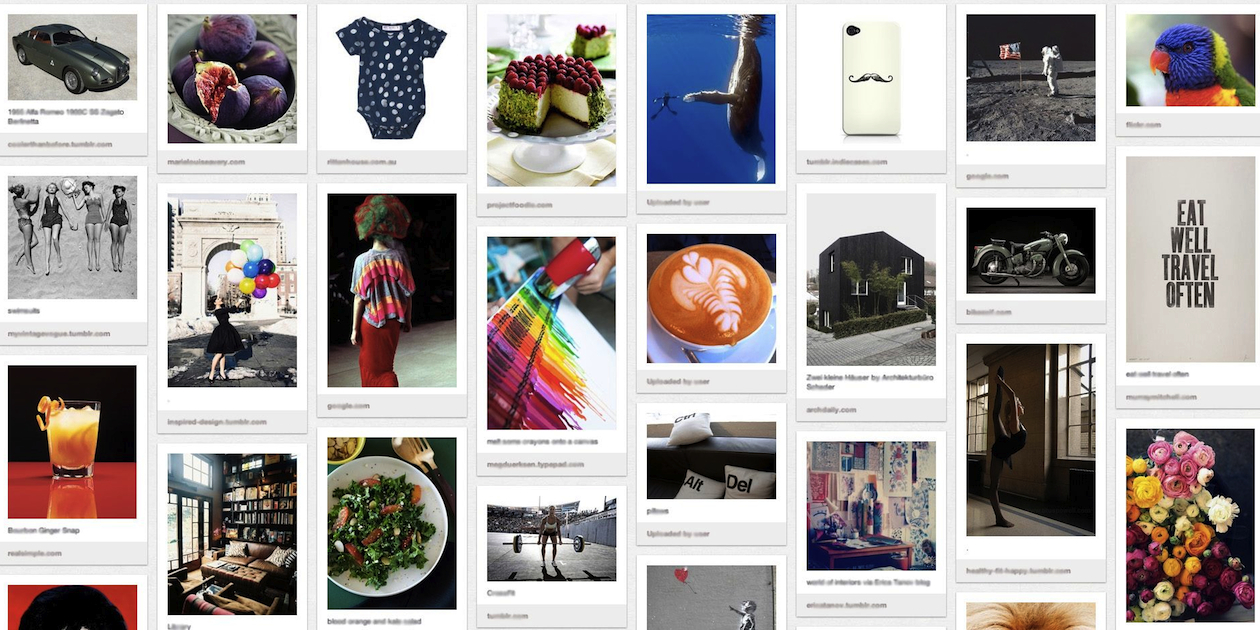 Bob Gilbreath, co-founder and president of the Pinterest marketing firm Ahalogy, will give a presentation at the 2015 Digital Media Summit in Toronto on Thursday to discuss how brands can win on Pinterest.
Bob Gilbreath, co-founder and president of the Pinterest marketing firm Ahalogy, will give a presentation at the 2015 Digital Media Summit in Toronto on Thursday to discuss how brands can win on Pinterest.
Gilbreath, who helps brands like Kraft, Kellogg’s, Visa and Hallmark produce and optimize content for Pinterest, will also present the findings of a recent Ahalogy study that looked at the way consumers in Canada and the U.S. use the platform.
Before the talk, Marketing caught up with Gilbreath to dig into the study’s findings and get his tips for taking advantage of the unique, traffic-generating beast that is Pinterest.
How Canadians use Pinterest
- More than half of Canadian Pinterest users (52%) spend at least 20 minutes per visit on Pinterest – more than Facebook (50%), Instagram (22%) and Twitter (18%)
- More than a third of Canadian Pinterest users (35%) joined within the last year, showing how quickly the platform is growing north of the border
- 62% of Canadian Pinterest users are on the site at least once a week. By comparison, 89% of Facebook users, 45% of Twitter users and 41% of Instagram users visit those respective platforms at least weekly
- Further, 50% of Canadian Pinterest users are on the site much more – two to three times a week – and a quarter use it daily
- The most popular content categories on Pinterest in Canada? The same as the U.S. – food and drink, do-it-yourself and crafts. The main difference between the two markets: Canadians prefer health and wellness content, while Americans prefer content driven by holidays and events
Four tips for how to win on Pinterest
Think of Pinterest as search media
Because Pinterest is a social platform, brands have approached it the same way they approach Twitter and Facebook. A better strategy, Gilbreath said, is to treat Pinterest like Google – as search media.
This use-case demands Pinterest posts be optimized for search – think about keywords, hashtags and, above all, a great description. “Similar to Google, we see that a really good description on a Pin tends to get someone to read it, re-pin it and click to it.”
Quantity is key
Having a large quantity of high-quality pins is one of the keys to success on Pinterest, Gilbreath said. Since users treat the site like a search engine, it’s important to have plenty of pins that match potential queries.
“One of the issues you see with big brand marketers [on Pinterest] is that they don’t have a lot of content, especially things in the Pinterest arena, like useful information, tips, suggestions and lifehacks.”
Typically, Gilbreath said brands focus their time and money on a few posts. The smarter way to approach Pinterest, he said, is to, “create as much as possible and see what works.”
Plan in advance
Preparation is key on Pinterest, even more so than on other social networks. Instead of preparing a Halloween post for mid-October, for example, Gilbreath recommends being ready to go for August, when Pinterest users are looking for that content.
This is the big difference between Pinterest and other social networks, he said. “Typically, you think about putting out an update two weeks before an event. On Pinterest, you’ve got to post it two months before.”
Make your content evergreen
One of the big benefits of Pinterest, according to Gilbreath, is that content continues to draw eyeballs well after it’s posted. With Ahalogy’s clients, it’s typical for at least 20% of Pinterest traffic to come from pins that are a year or older.
“One of the benefits of Pinterest is that a huge chunk of the content is evergreen. You create it once and it keeps working for you for years,” he said. “There’s this evergreen cycle of people discovering [a pin], then they re-pin it and it goes through a cycle of sharing again.”











